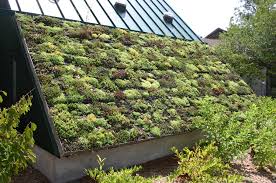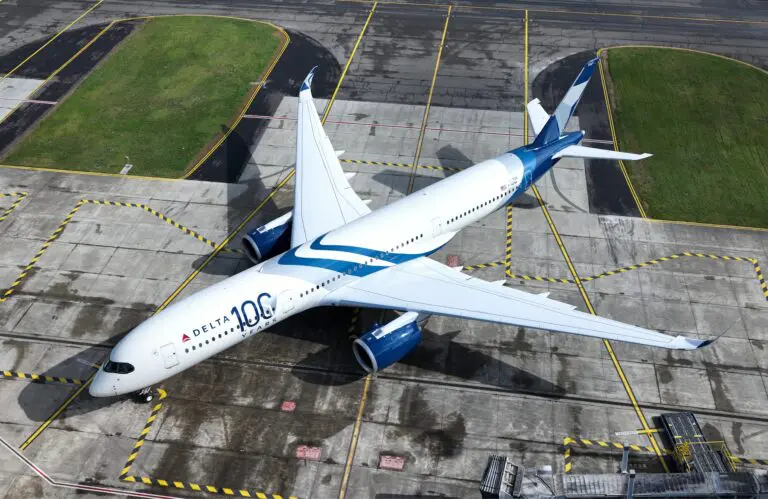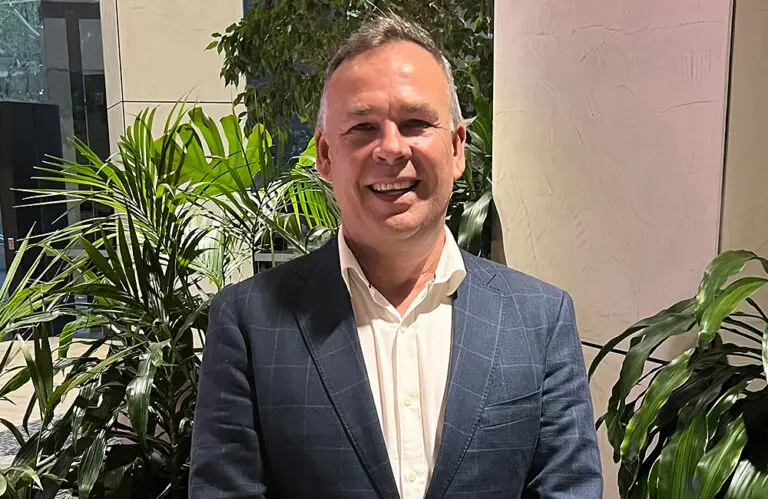Responsible, sustainable, eco… there’s no doubt about it, the tourism industry is awash in green.
It’s great for business. Put two mostly identical suppliers side-by-side and for sure the greener looking one will win the customer.
Travellers love to get that warm, fuzzy feeling by knowing they are helping to give back. But what do the hundreds of eco/responsible/sustainable labels really mean? And if you’re consciously trying to do the right thing, can you trust the marketing lingo and excessive green-washing?
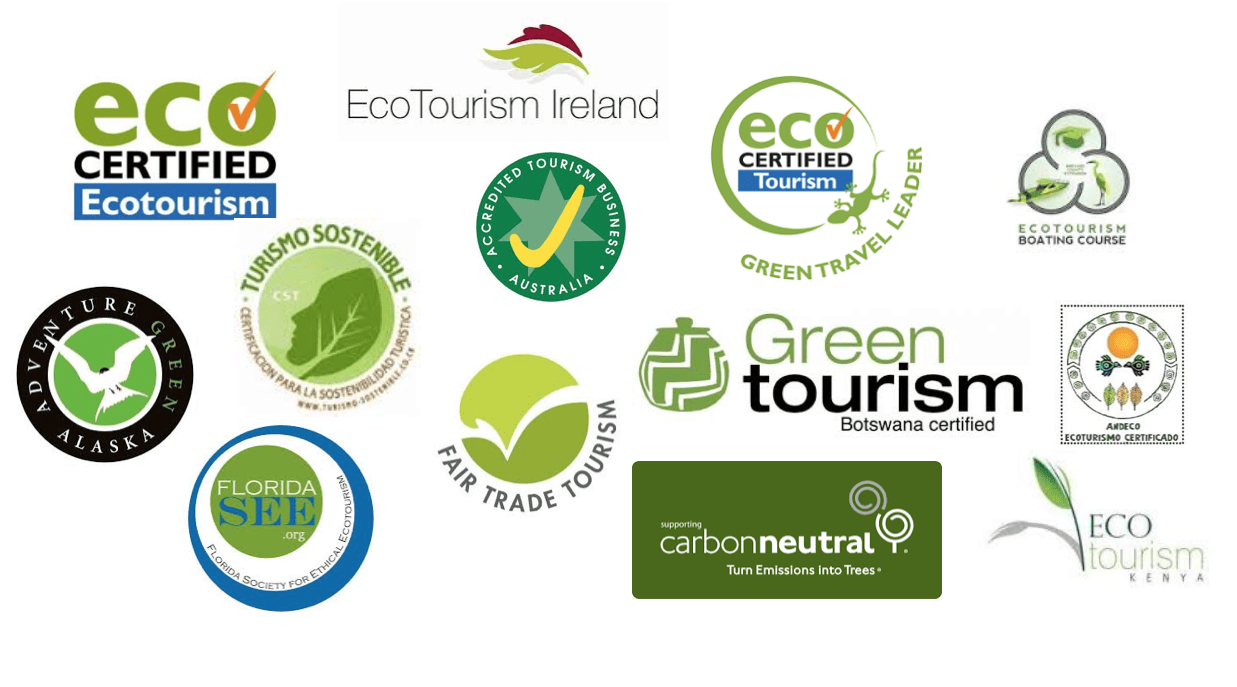
The confusion is compounded by defining what ‘eco’ actually is. Different regions have different perceptions. When North Americans think eco they think ‘pristine’, yet Europeans are more interested in low impact design. In South-East Asia responsible tourism concerns being ethical, whilst in Africa and South America there’s an ‘ethno-ecotourism’ trend.
One definition that broadly encompasses all of the above is that ‘ecotourism can contribute to both conservation and development and involves, as a minimum, positive synergistic relationships between tourism, biodiversity and local people, facilitated by appropriate management’ (Ross & Wall, 1999).
But how can you spot a true ecotourism supplier? Just because a hotel encourages guests to ‘hang up their towels’ in an effort to save water and energy, is this enough?
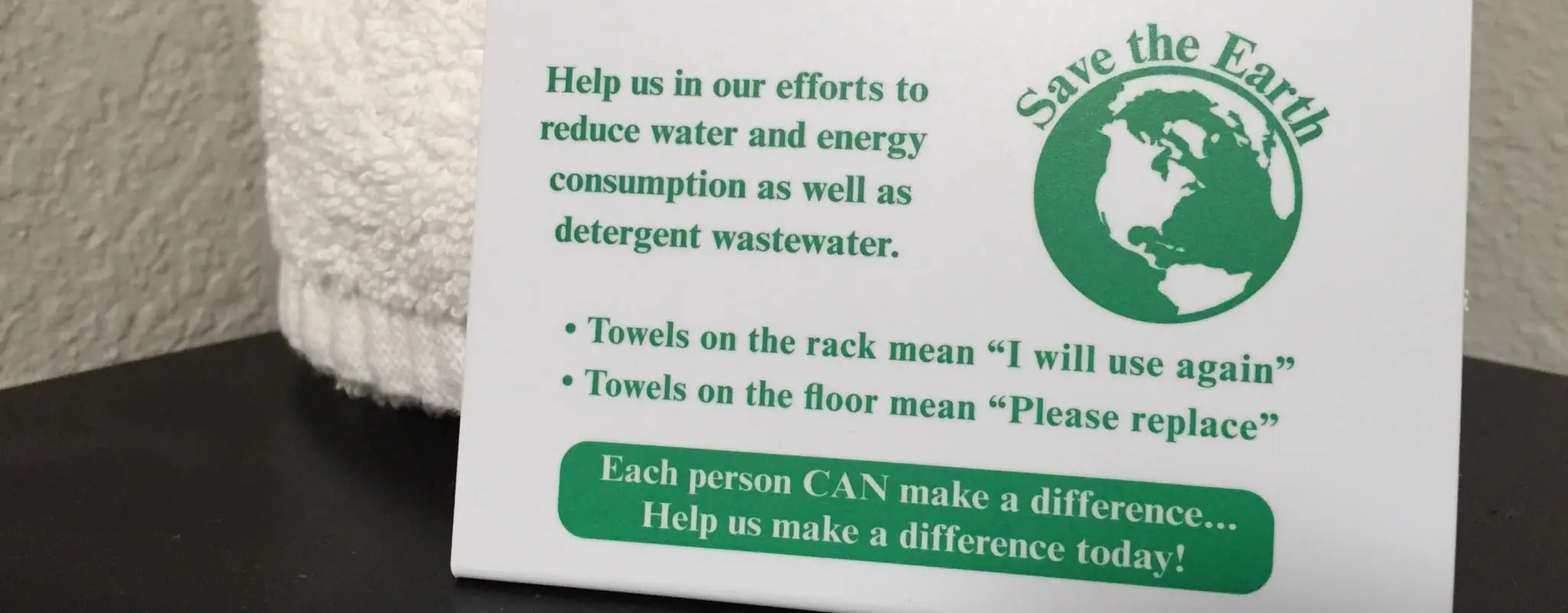
Entrants in this year’s Queensland Tourism Awards are required to be certified or accredited through a recognised program. Will this mean a certified supplier is actually ‘greener’ than a non-certified supplier or will suppliers just pay lip service to use eco-friendly logos?
Other issues surrounding certification are whether standards set in Western countries are too difficult to achieve for developing countries, or even small suppliers who don’t have the resources to commit? Certification costs can range into the thousands.
So what is a travel agent to do when trying to choose responsibly for their client? It’s a tough one. Reading between the lines and finding out facts is a good start. And just as with ‘fat free’, try not to be dazzled by the ‘green’.
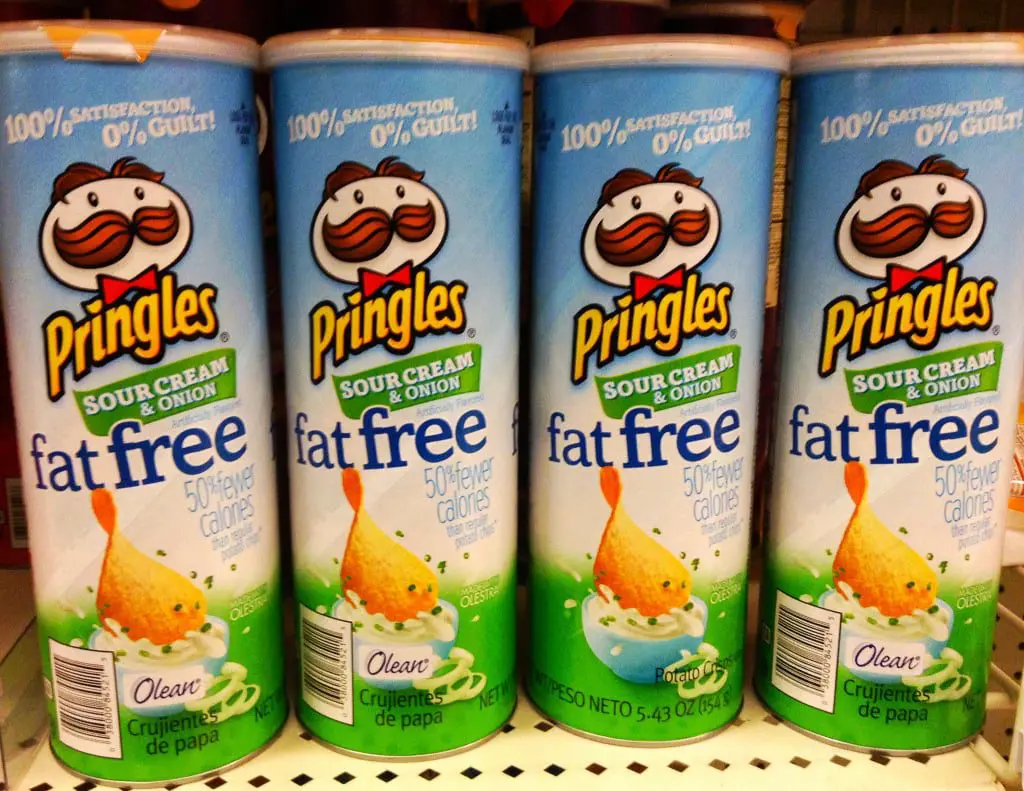
Here are five travel brands that are doing their best to walk the ‘green’ talk.
Alila Hotels & Resorts
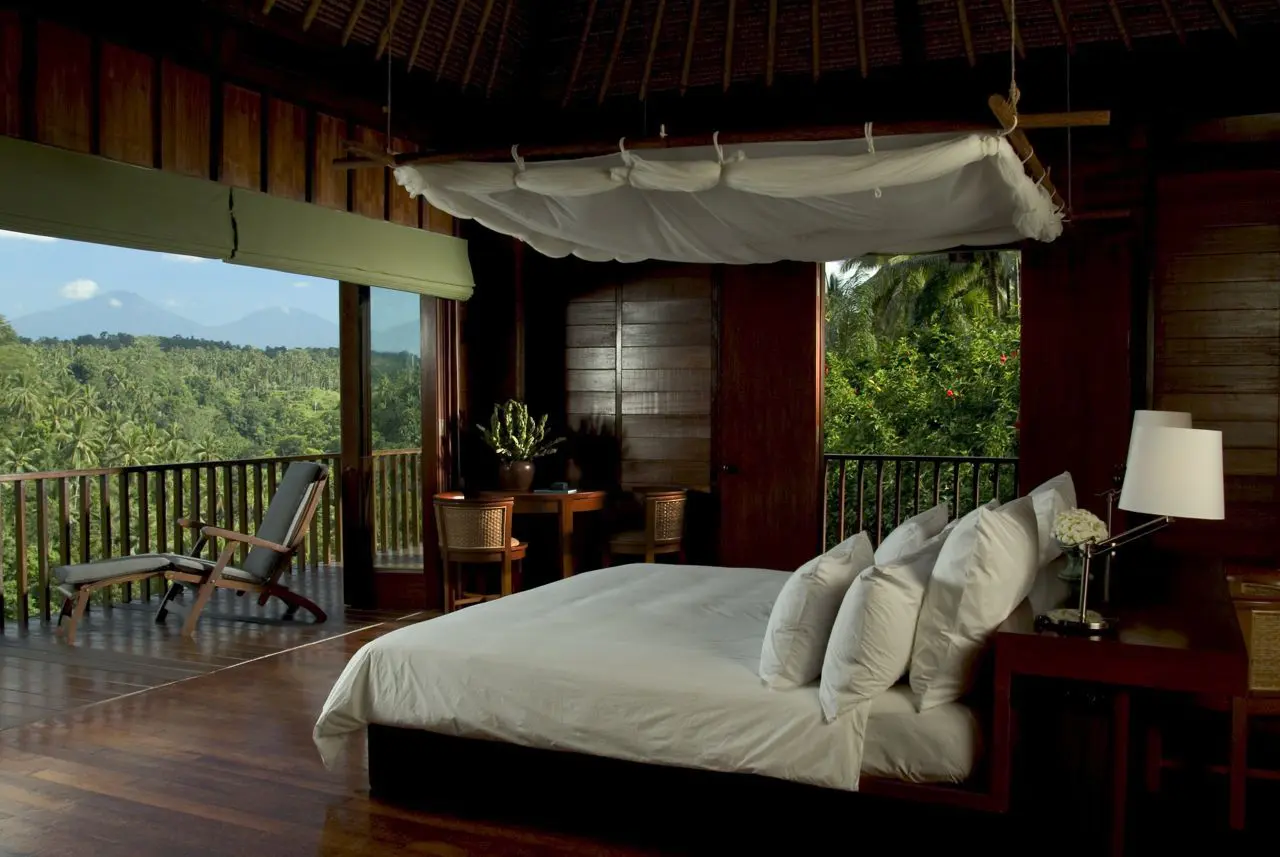
“Alila’s green efforts extend beyond the operational aspects of the resorts to create a positive impact on the community – economically, socially and culturally,” the company said.
“This includes employing local people who live in the surrounding areas, developing the local workforce through skills training, using products and services from local suppliers, as well as educating our guests on local culture and traditions.”
Air New Zealand
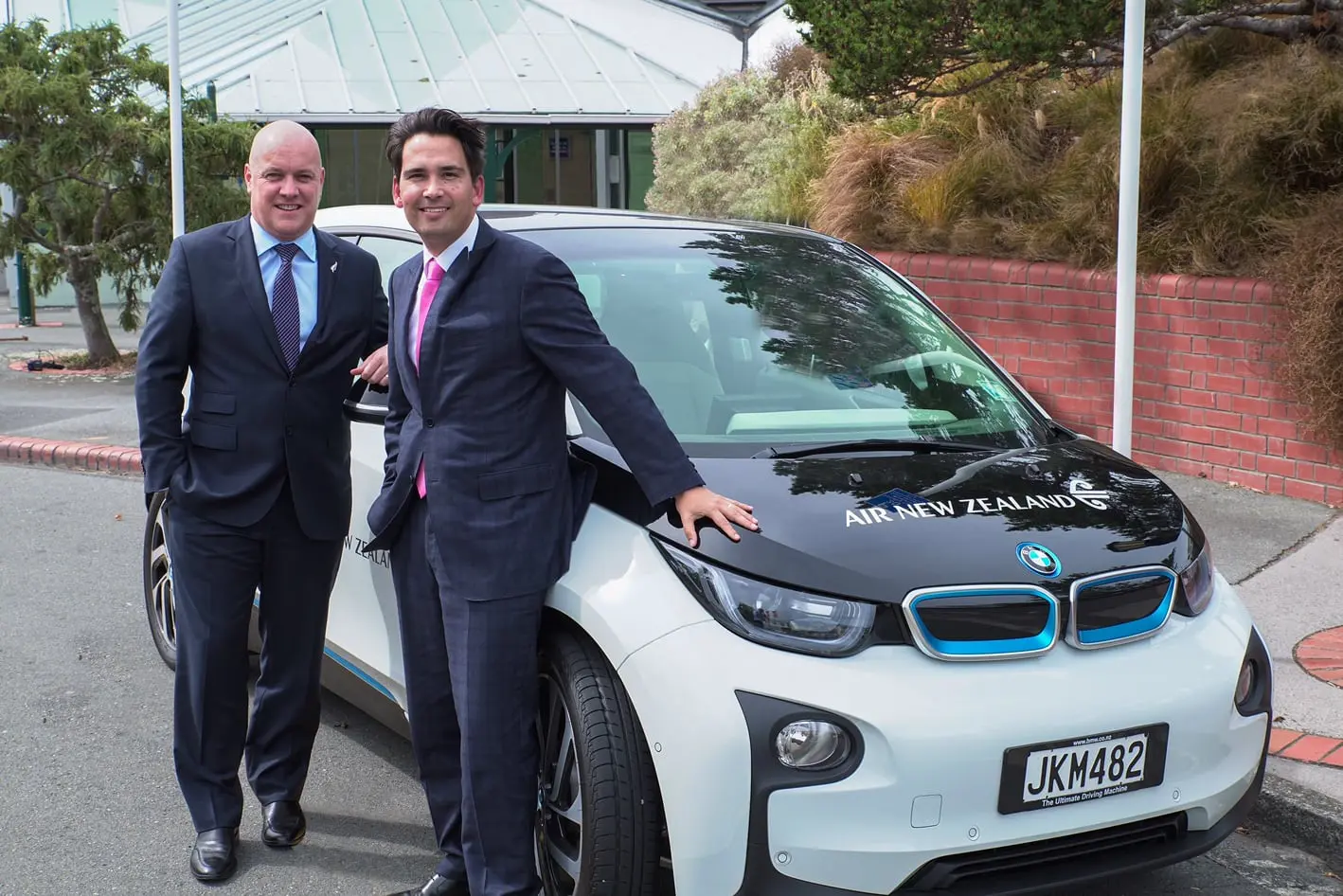
Air New Zealand is transitioning more than 75 light vehicles in its ground fleet to electric saving around 65,000 litres of fuel per year and creating what’s believed to be the leading corporate electric vehicle fleet in New Zealand.
The Travel Corporation (Treadright)
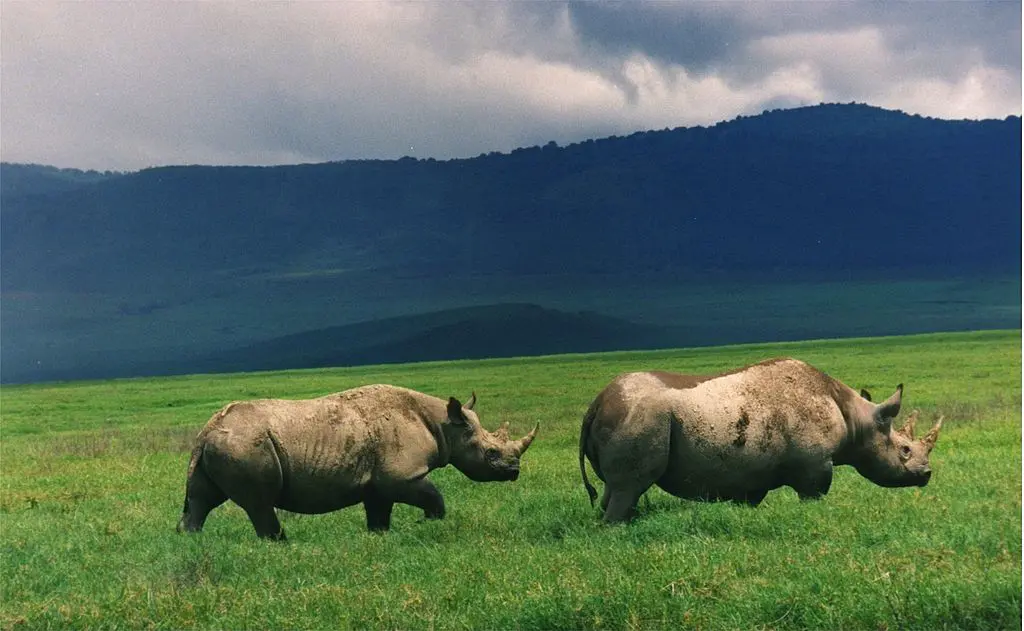
“Created as a joint initiative between The Travel Corporation’s (TTC) family of brands, the TreadRight Foundation is a not-for-profit working to ensure the environment and communities we visit remain vibrant for generations to come,” TTC said.
“By providing grants to organisations that encourage sustainability in different destinations, we hope to maintain the natural attractions and unique heritages across the world that define each region. To date, TreadRight has helped support more than 35 sustainable tourism projects worldwide.”
Wild Bush Luxury
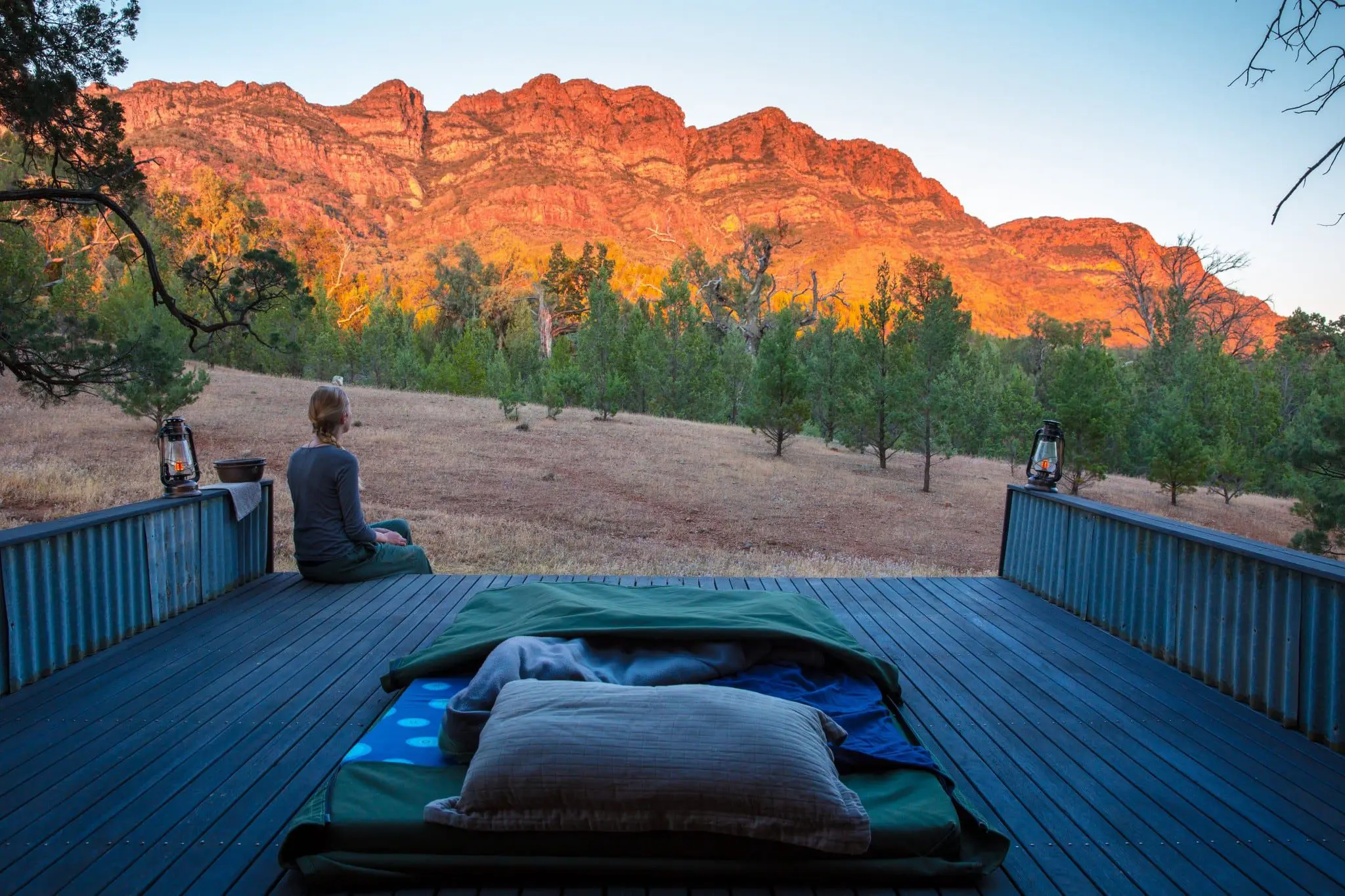
“While hosting guests in these ecologically unique and sensitive environments, we make a firm commitment to the principles of sustainability and conservation,” Wild Bush Luxury explained.
“Each aspect of our camps: from energy usage to waste disposal; our choice of linen; recycling of bottles (we filter our own water and do not use plastic mineral water bottles) and our use of eco-certified cleaning materials has been carefully planned to minimise our impact on the land and we are constantly reviewing and improving our strategies. Our investment in solar power at our camps is aimed at minimising our carbon emissions.”
G Adventures
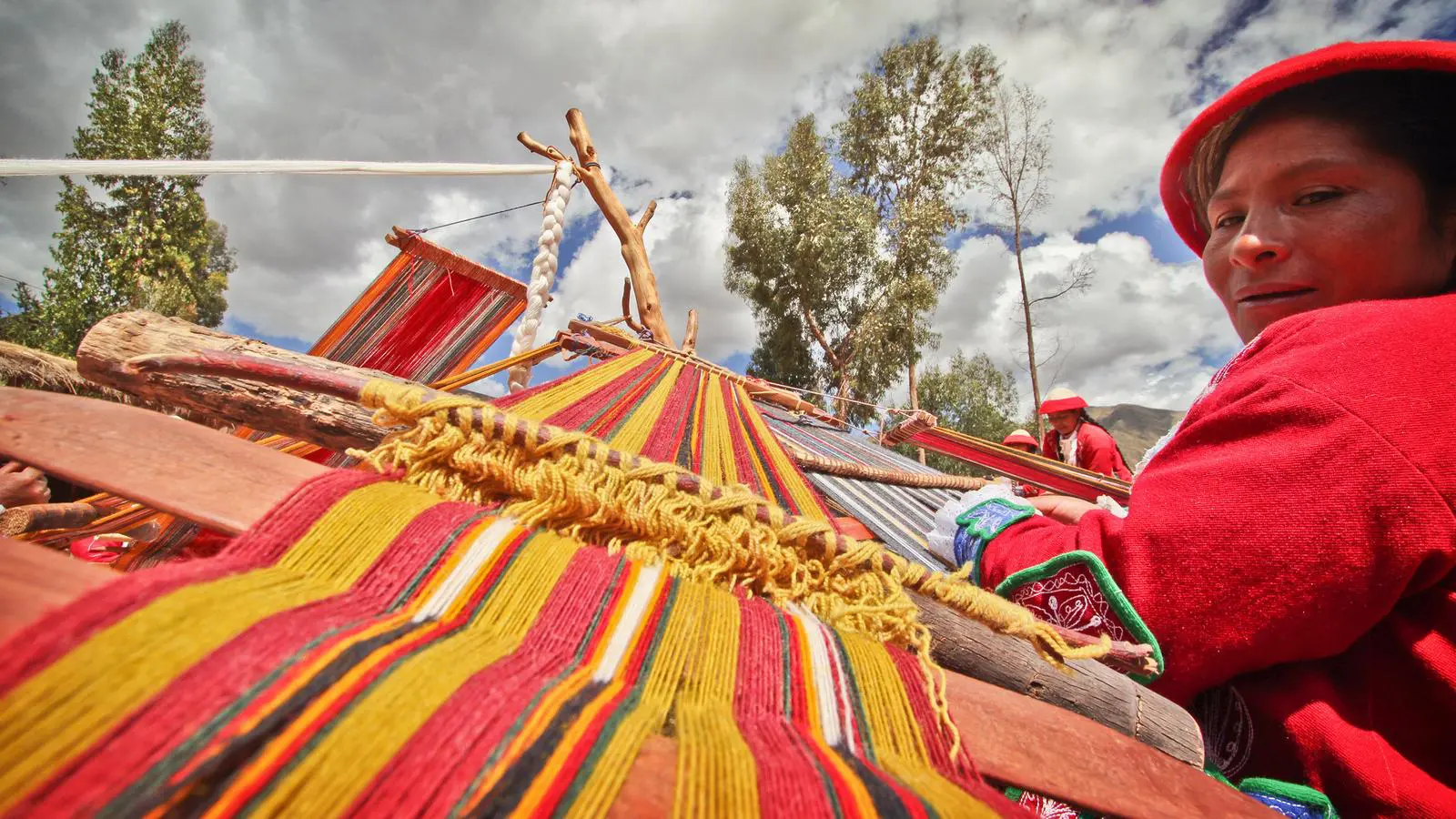
“From the beginning, our mission has been a simple one—to help people and communities thrive through solutions, not handouts,” G Adventures explained.
“We do this by providing the resources and opportunities for local people in the areas we serve to develop and strengthen their communities, and our network of travellers provide these communities with the long-term income to make these solutions sustainable.”



